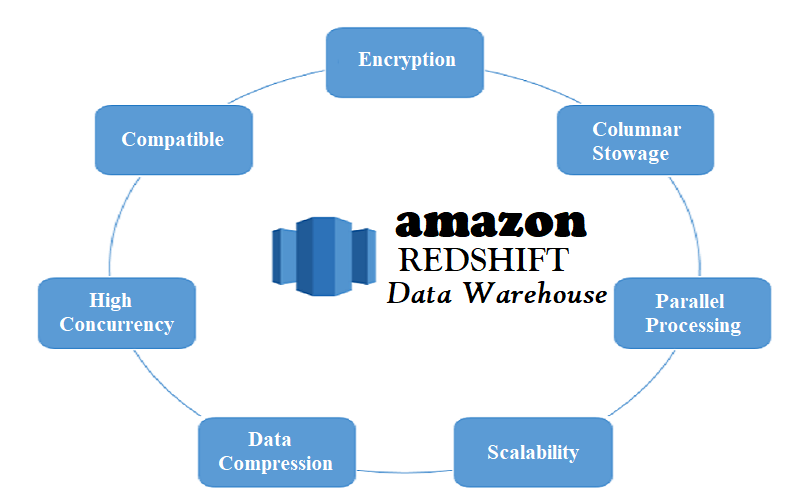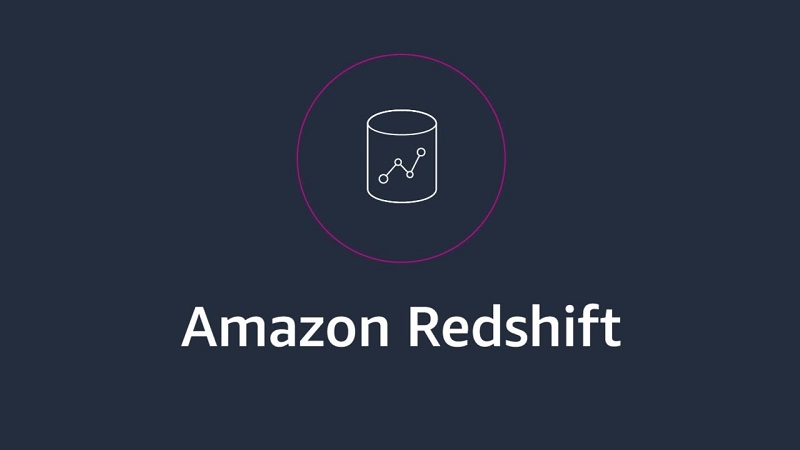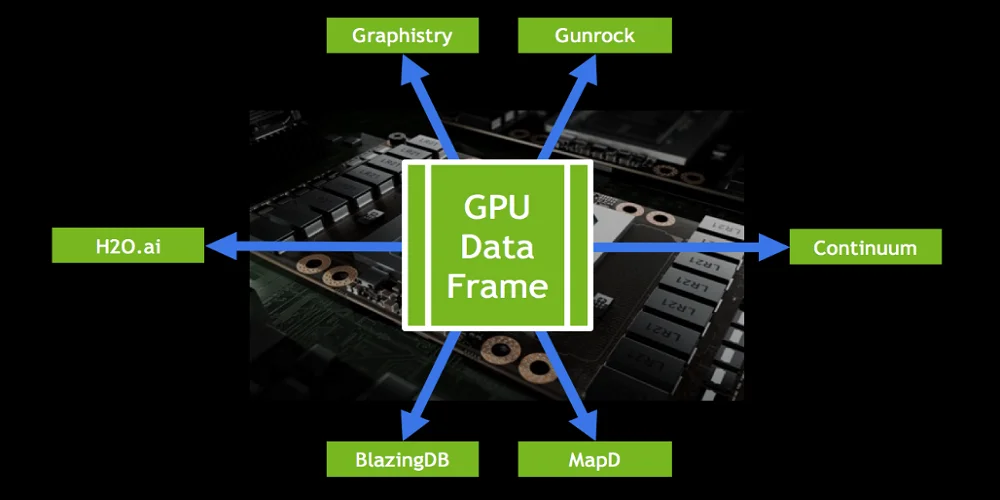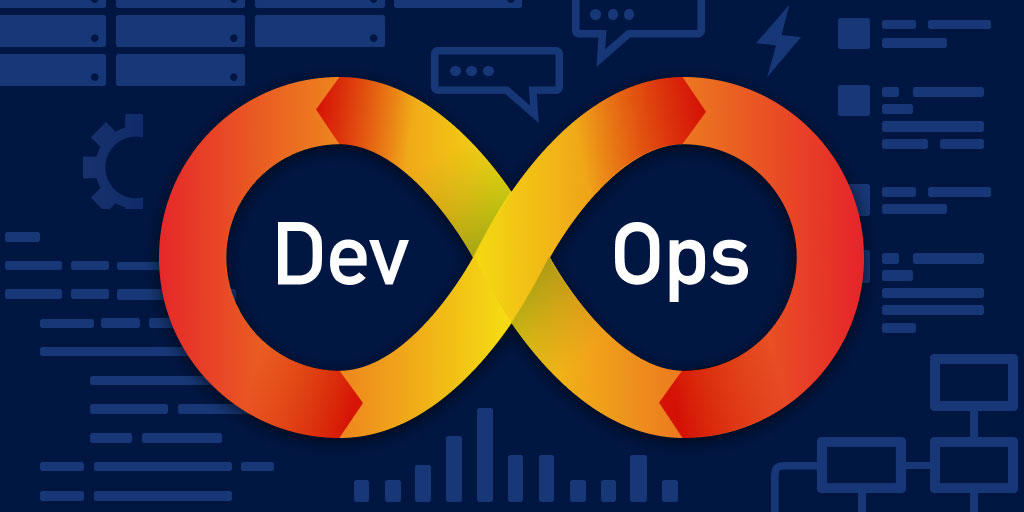Introduction: Redshift
In the area of big data, beings could make three quin bytes of data each day, and whether small or big, deliver with the prospective to attach huger influential examines than ever before. Nonetheless, meeting, establishing, and categorization data shows a test. But, there needs to be a more significant amount of data and more background. The most cost-effective data warehouse resolutions, such as Amazon Redshift, say they offer organized, practical data for industries. Let us see if this is true.
Redshift comes with the quickest cloud data warehouse in the world, as it gives till quicker and the best cost associated with others. Nevertheless, such consequences depend upon the extent and opportunity of the firm; it comes with alternate opportunities that can be shown beneficial. This precise post examines the similarities and variances between Amazon Redshift and other cloud analytics.
We will be gauging Redshift vs Cloud Data Warehousing depending on numerous standards, like price, performance, flexibility, and straightforwardness of use. You will get a rock clear familiarity with where the data warehouse explanation is most suitable for your company’s needs.
Amazon Redshift Data Warehouse Overview
Amazon Web Services (AWS) offers a cloud-based solution that Redshift supplies. Such a service is wholly handled and can handle data at a petabyte size. To facilitate large-scale data warehousing and analysis. Through Amazon Redshift consulting, many firms can quickly, accessibly, and profitably develop and examine commercial data. Numerous businesses have relied on them. They chose the service for the analysis of data, the research presentation of business activities, and the management of enormous volumes of data, and they made this decision with complete assurance.

Below are a few essential characteristics and features of Amazon Redshift:
-
Columnar Stowage
Redshift makes use of a columnar stowage architecture, which is made to be optimal for analytical queries. Compression may be accomplished more effectively, and query speed can be improved.
-
Parallel Processing
Redshift controls the processing demands and data over several physical nodes, enabling parallel processing. This leads to high performance when doing complex analytical queries on large datasets.
-
Scalability
Redshift is designed to quickly expand from a few hundred gigabytes to a petabyte or beyond without requiring upfront hardware investments.
-
Data Compression
Redshift employs automated data compression to save storage space and improve query speed. Furthermore, this reduces storage expenses and enhances query processing efficiency.
-
High Concurrency
Redshift facilitates high concurrency by enabling the simultaneous processing of many workers and requests. The system can effectively manage complex workloads and accommodate concurrent requests from several users to retrieve the data warehouse.
-
Compatible
Redshift is very compatible with several services offered by Amazon Web Services (AWS), including Amazon’s S3, Amazon Glue, AWS Financial Pipeline, and more services, in terms of integration. Furthermore, it provides support for a diverse variety of BI tools and SQL clients in the area of data visualization and scrutiny.
-
Encryption
The security measures delivered by Redshift encompass various aspects, such as encryption during data storing and transmission, incorporation with Individuality and Access Administration (IAM) systems for access control, separation of the Virtual Private Cloud (VPC), and adherence to industry standards.
-
Pay-as-you-go Pricing
Redshift uses a pay-as-you-go cost approach, whereby the price is contingent upon the particular occurrence and the quantity of consumption. To enhance cost competence, present choices are available for both Prices on-demand and kept in reserve case estimates.
Exploring Cloud Data Warehousing
Cloud data warehousing explanations have transformed the way companies operate and handle massive amounts of data. With the growing capacity and difficulty of data created by firms, traditional data warehouses are generally powerless to remain current with the requirements of contemporary analytics. Cloud computing revolutionizes data warehousing and provides the accessible, flexible, and moneymaking substitute. It authorizes many small firms to connect the complete possible of its data.
The use of the cloud is becoming more popular among companies to carry data to the company in a more practical and money-making way than conventional data warehouses. It offers better data availability levels, more capacity, and immediate flexibility than old-style database management systems.
Benefits of Cloud Data Warehousing
1. Simple to use and initialize
It is unnecessary to pay any upfront payment fees to access cloud data warehouse services. In addition to this, they are far more user-friendly and encourage early entrance into the job. Consequently, firms can enhance their services with relative ease, even if they have no prior expertise in the field.
2. The storing of data in columns
The information stored in the cloud warehouse is often organized in columns rather than rows so that it may be extracted with relative ease. Additionally, it requires less storage space since it only stores the required columns. Allows organizations to handle data and workflows more quickly than traditional options.
3. Improvements in decision-making
Businesses can get insights from the data that is saved, and these insights serve to help companies in making better choices. There are a lot of developers who will tell you that ROI of cloud data warehouses, and the Azure data warehouse service in particular, help decrease decision paralysis and, as a result, boost overall job efficiency.
4. Highly effective data processing
Through the use of cloud warehousing, significant enterprises are able to generate, deploy, and keep data anywhere, as well as recover it whenever they need to. Additionally, the data calculation makes it feasible to endure a significant number of user traffic accessing the particular data. As a result, other industries, including automobile, insurance, and finance, can benefit from this.
Comparison between Redshift vs the Cloud
Certainly! Here’s a more detailed comparison between Amazon Redshift and utilizing cloud services overall:
1) Amazon Redshift

Amazon Web solutions offers its users Amazon Redshift, which can tackle a series of data arranged vertically. This is a data warehousing solution that keeps data arranged properly and vertically. The main aim of Redshift is to tackle a large amount of data analytics. With the help of Redshift, data analysts can take up a large amount of work and can execute it efficiently. It is also essential to know that risk management with Amazon Redshift has allowed users to check and store petabytes, which are a part of data, using standard SQL questions.
This data makes a long series of storage to effectively use parallel processing and performing queries, which help implement queries across various mediums. It will also help to respond to questions in the fastest possible time. In particular, the complicated analytics questions will be answered by this tool in no time. The users should know the prominent aspects of Amazon Redshift vs Traditional Data Warehouses. The central element of Redshift comprises accessibility, instant backups, clearness, and the ability to combine with various other AWS solutions. This tool provides multiple types of intersections that serve different work-related needs.
As this tool is in huge demand, users can increase or decrease clusters as per their requirements. Redshift Spectrum lets customers operate questions which are stored on data directly. It will also help users use this tool at a budget-friendly rate. You would not need the load in the Redshift, as it can quickly assess large amounts of data.
2) The Cloud

The implementation of computing solutions is known as cloud computing. It consists of many things, such as networking, storing data, using databases, and using analytics on the internet. Cloud computing offers a platform for Google Cloud, Microsoft Azure and AWS. These services help customers use a plethora of solutions, which are increased and supplied in huge numbers. These services are provided to users as per their requirements.
When business owners implement cloud solutions, their businesses will be able to prevent additional complications and expenses. Business owners will also be able to sustain infrastructure in the physical form. Amazon Redshift vs Traditional Data Warehouses are widely used in many businesses in the modern world. When it comes to comparing cloud solutions with Redshift, it is necessary to use cloud solutions generally.
A large number of companies make use of Redshift within the range of the ecosystem. It is also essential to know that Redshift exemplifies analytics and data warehouses. Businesses can use other cloud solutions that can be further used for storing, computing and learning machines. To meet the specific needs of a company, incorporating these services is imperative.
Performance: Redshift and other CDW Solutions
1) When you want to select data warehousing compared to Traditional Data Warehouses for your business, you must know that performance is the main aspect to think of. Amazon Redshift is a well-known selection for several firms because of its rapidity and accessibility. However, it’s significant to associate its presentation with different solutions to ensure the company gets the best cost.
2) Redshift is made for quick query functions due to columns benefits and corresponding handing out competencies. Competencies let users function rapidly and proficiently on challenging demands on massive datasets. Subsequently, others will give the same performance but at a dissimilar expense.
3) It’s important to perform a presentation evaluation among Redshift and cloud data warehousing explanations to control those functions that best meet your corporate requirements. Influences to reflect comprise query rapidity, scalability, data absorption competencies, and general cost competence.
4) By gauging the presentation of Redshift with the cloud, any firm can create the best, most well-versed decision that aligns with your commercial objectives and inexpensive restrictions. Selecting the most cost-effective Data Warehouse could assist in determining your business frontward and solving valued understandings via your statistics.
Factors to consider when selecting a Cloud Data Warehouse
-
Use cases
A company’s circumstances and use cases are crucial when assessing data warehousing services.
-
Real-time workload support
Many firms must assess new data immediately. Some firms must handle massive amounts of streaming IoT data for anomaly detection, while others must identify fraud or security threats in real-time. In these circumstances, cloud data warehouses’ streaming data input methods should be compared.
-
Security
Compared to Traditional Data Warehouses, each cloud data warehouse provider prioritizes security. However, there are technological distinctions that customers should consider while choosing providers. For instance, encryption is handled differently.
Conclusion
Eventually, the choice between Redshift and Cloud must depend on cautious scrutiny with the most cost-effective data warehouse. Aspects like data volume, presentation needs, budget reflections, and incorporation with present methods. Your business can grow and earn profits by assessing such aspects lengthily and parallel them with your business goals.
Frequently Asked Questions
1. Redshift: Is it economical?
Start simple at $0.25 per hour with Amazon Redshift, expanding to petabytes of data and countless concurrent users.
2. What are the advantages of Amazon Redshift over a regular database?
Amazing Redshift uses table storage to increase I/O efficiency, parallelize searches across nodes, and speed up queries. It comes with unmatched benefits.
3. Does Redshift support old data?
You can do several things with query history metrics in Amazon Redshift. Problems with query speed should be isolated and resolved.



